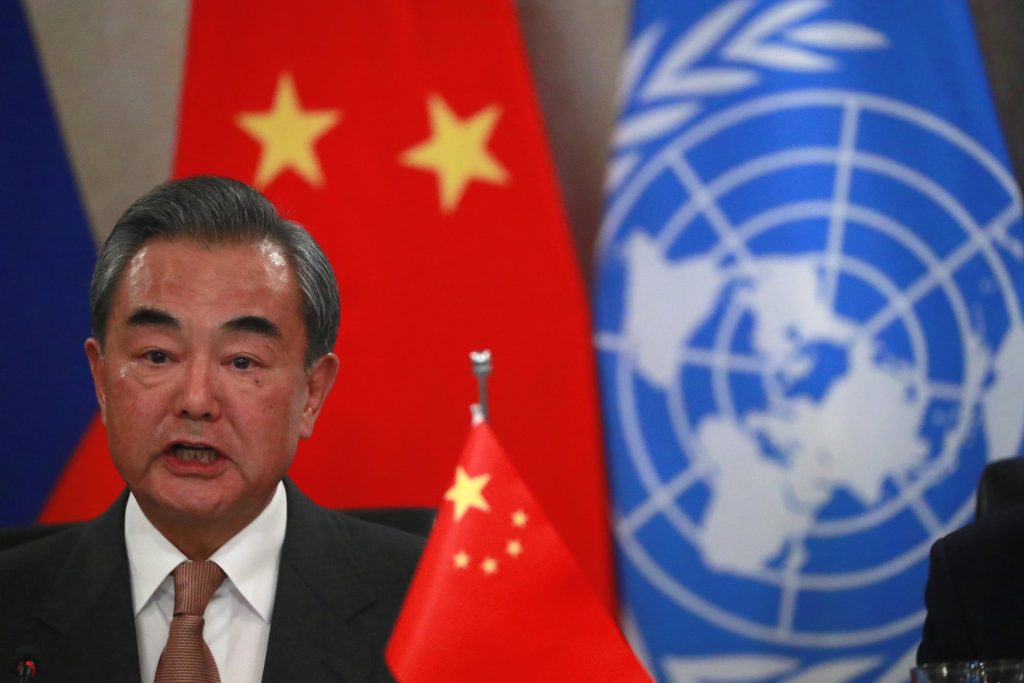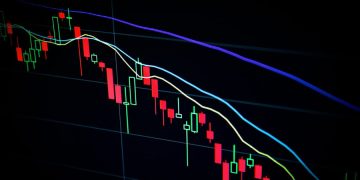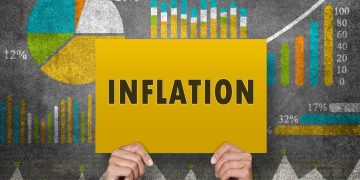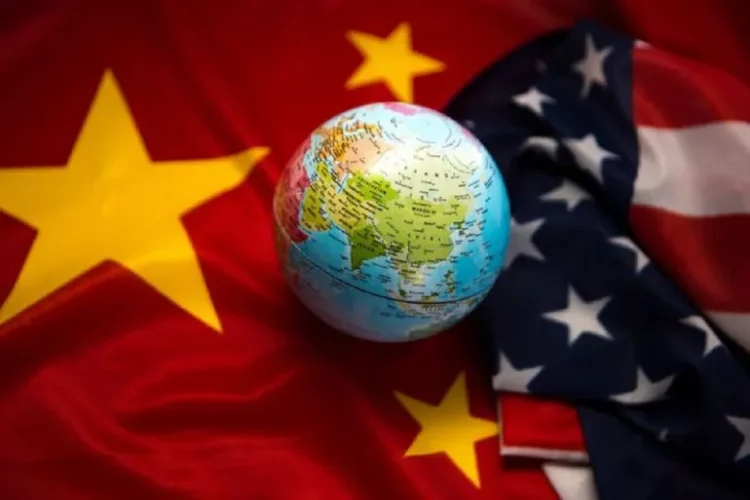Introduction
In recent years, global economic growth has experienced a slowdown, largely due to the lingering effects of the COVID-19 pandemic, geopolitical tensions, inflationary pressures, and supply chain disruptions. Major developed economies, such as the United States, the European Union, and Japan, are facing stagnant or even negative growth, with rising inflation and mounting public debt posing significant challenges. In this context, the question arises: can developing countries, often considered the engines of future growth, step in to drive the next phase of global economic expansion?
Developing countries, particularly those in Asia, Africa, and Latin America, have long been seen as potential growth engines due to their large, youthful populations, rapidly growing markets, and increasing integration into the global economy. However, these countries also face significant challenges, including political instability, infrastructure gaps, and the rising cost of living, all of which could hinder their ability to capitalize on their growth potential.
This article will examine whether developing countries can take the lead in global growth, assessing the factors that could drive their expansion, the barriers they face, and the policies needed to enable them to fulfill their potential.
I. The Global Economic Slowdown: What Are the Key Drivers?
- The Post-Pandemic Recovery
The global economy has been struggling to regain momentum following the COVID-19 pandemic, which caused an unprecedented contraction. While some developed economies have shown signs of recovery, the impact of the pandemic still lingers in many regions, especially in developing countries where healthcare systems and vaccine distribution were less robust. - Geopolitical Tensions and Supply Chain Disruptions
Geopolitical tensions, particularly the Russia-Ukraine war, have exacerbated the economic slowdown, disrupting global supply chains and pushing up energy and commodity prices. These disruptions have had a significant impact on trade and production, particularly in regions that rely on global supply chains for manufacturing and exports. - Rising Inflation and Monetary Tightening
Inflation has risen globally, partly due to supply chain issues, energy price hikes, and strong demand post-pandemic. In response, many central banks, including the U.S. Federal Reserve and the European Central Bank, have raised interest rates to control inflation. These tightening policies have made borrowing more expensive, dampening investment and economic activity, especially in interest-sensitive sectors. - The Declining Growth of Developed Economies
Developed economies, which have traditionally been the primary drivers of global growth, are now experiencing lower growth rates due to aging populations, stagnating productivity, and increasing fiscal constraints. In contrast, developing countries, with their younger populations and growing middle classes, are expected to become more prominent drivers of global economic expansion in the coming decades.
II. Why Developing Economies Hold Growth Potential
- Demographic Trends: A Young and Growing Population
Many developing countries, particularly in Africa and Asia, have young, growing populations. According to the United Nations, the global population is projected to grow from 8 billion in 2022 to nearly 9.7 billion by 2050, with much of this growth occurring in developing regions. This demographic shift presents a unique opportunity for developing countries to harness the potential of their young labor force, which can fuel both consumption and production.- Youthful Workforce: Countries like India, Nigeria, and Indonesia have large youth populations entering the workforce, providing a dynamic labor force that can drive economic growth, innovation, and entrepreneurship.
- Rising Middle Class: As income levels rise in developing economies, a growing middle class is expected to drive domestic demand for goods and services, stimulating economic activity and attracting foreign investment.
- Increasing Urbanization and Infrastructure Development
Urbanization is another key trend that can propel economic growth in developing countries. As rural populations move to urban centers, there is an increase in demand for infrastructure, housing, and services, creating new business opportunities and driving investment.- Infrastructure Needs: Developing countries have substantial infrastructure gaps, and closing these gaps offers enormous potential for growth. Investments in roads, bridges, ports, telecommunications, and energy are crucial to improving productivity and creating jobs.
- Smart Cities and Digitalization: In addition to traditional infrastructure, developing economies are increasingly focusing on building “smart cities” and adopting digital technologies to drive sustainable growth. This transition to digital economies can provide a leapfrog opportunity for many countries in Africa and Asia.
- Natural Resources and Global Supply Chains
Many developing countries are rich in natural resources, from oil and gas in Africa to rare earth minerals in Latin America and Asia. As the global economy moves towards more sustainable energy systems, countries rich in renewable energy resources, such as wind, solar, and hydropower, are well-positioned to capitalize on the transition.- Resource Exporters: Countries like Brazil, Russia, and South Africa are major exporters of raw materials that are vital to global supply chains. Increased global demand for these commodities, coupled with the shift towards clean energy, could boost growth prospects for resource-rich developing economies.
- Foreign Direct Investment (FDI) and Trade Integration
Developing countries are becoming increasingly integrated into global trade networks. As global supply chains evolve, many companies are looking to diversify production outside of traditional manufacturing hubs like China. Countries in Southeast Asia, Africa, and Latin America are well-positioned to benefit from this trend, attracting FDI to build manufacturing and industrial capacities.- Trade Agreements: Regional trade agreements, such as the African Continental Free Trade Area (AfCFTA) and the Comprehensive and Progressive Agreement for Trans-Pacific Partnership (CPTPP), are opening up new markets for developing countries, reducing trade barriers, and increasing access to global markets.
III. Challenges Facing Developing Economies
While the growth potential in developing countries is significant, there are several challenges that could hinder their ability to become the next engines of global growth:
- Political Instability and Governance Issues
Many developing countries struggle with political instability, corruption, and weak institutions. This can deter both domestic and foreign investment, limit the effectiveness of economic policies, and create an unpredictable business environment. Political unrest, conflict, and poor governance can undermine economic growth and social progress.- Fragile States: Countries such as Venezuela, Zimbabwe, and Somalia, which have experienced political turmoil, may find it difficult to capitalize on their growth potential. In these countries, economic instability can exacerbate poverty, limit opportunities, and increase the risk of capital flight.
- Access to Capital and Debt Burden
Many developing countries face challenges related to access to capital and high levels of debt. Despite growing demand for infrastructure and development, the cost of borrowing is often high for these nations due to low credit ratings and political risk. In addition, many countries are facing unsustainable debt burdens, which can limit fiscal space for public investment.- Debt Crises: Countries like Sri Lanka, Zambia, and Ghana are struggling with debt crises, which could further constrain their ability to invest in critical development areas like education, health, and infrastructure. Debt servicing takes up a significant portion of government budgets, leaving less room for growth-enhancing investments.
- Education and Skill Gaps
To fully harness the potential of a young population, developing countries need to invest in education and skills development. The lack of access to quality education and vocational training can hinder human capital development, making it difficult for workers to adapt to new industries and technologies.- Digital Divide: While many developing countries are investing in digital infrastructure, there is still a significant digital divide in terms of access to technology, internet, and online education. Bridging this gap will be essential to ensuring that the youth workforce is equipped for the future.
- Environmental and Climate Change Risks
Many developing countries are highly vulnerable to the effects of climate change, including extreme weather events, rising sea levels, and changes in agricultural patterns. These environmental risks threaten economic stability and growth prospects, particularly in regions dependent on agriculture, tourism, and natural resources.- Climate Adaptation: Developing countries will need to invest in climate resilience and adaptation measures to protect their economies from the adverse effects of climate change. This includes sustainable agricultural practices, renewable energy infrastructure, and disaster preparedness.

IV. Policy Recommendations for Unlocking Growth Potential
- Improving Governance and Institutional Quality
Strengthening political stability, governance, and the rule of law is essential for creating a conducive environment for investment. Transparent institutions, effective legal systems, and strong anti-corruption measures are necessary to build investor confidence and promote economic growth. - Investing in Education and Skills Development
To fully capitalize on the potential of their young populations, developing countries must invest in education and skills training. This includes improving access to quality education, expanding vocational training programs, and increasing digital literacy. - Fostering Infrastructure Development
Governments in developing countries should prioritize infrastructure development, particularly in areas such as transportation, energy, and digital infrastructure. Public-private partnerships (PPPs) can play a key role in mobilizing the necessary resources for large-scale infrastructure projects. - Promoting Sustainable Development and Climate Resilience
Developing countries should focus on building climate resilience by adopting sustainable development practices, investing in renewable energy, and implementing policies to protect natural resources. International support in the form of green financing and climate adaptation funds can also play a critical role.
V. Conclusion: Can Developing Economies Lead the Next Phase of Growth?
While developing countries face numerous challenges, the potential for them to become the next engines of global growth is significant. With young, dynamic populations, growing middle classes, and increasing integration into the global economy, many developing countries are well-positioned to drive the next phase of economic expansion.
However, realizing this potential requires addressing critical challenges such as political instability, infrastructure gaps, and climate change risks. By implementing the right policies and investing in education, infrastructure, and sustainability, developing countries can position themselves as key players in the global economy, providing the growth engine needed for the world’s future prosperity.

















































